Diving South Water Caye, Belize with Andres Fletes
Andres was passing below me by six feet and as his bubbles came up to me, fat ones that resembled perfect silver domes the size of grapefruits, I momentarily glimpsed my reflection in the top of those silver domes. I saw my green eyes, black SCUBA mask, the regulator clinched between my teeth and shafts of sunlight twinkling through the tops of the waves some thirty feet above.
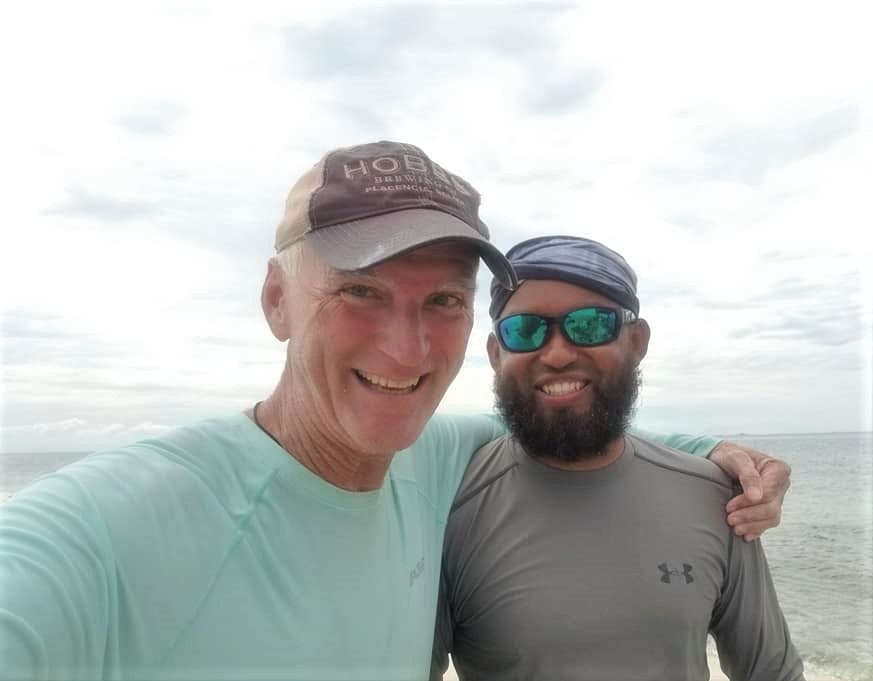
One of our goals on this adventure was becoming SCUBA certified and we’d planned two trips in San Pedro, and both times we were scuttled by the weather. No worries, we thought, there’s still time. And our time turned to studying chocolate in the rainforest, falling in love with San Ignacio, birding with Jonathan, jungle hikes with Agapito, and hiking through Cockscomb with Doyle. While in Placencia we’d snorkeled twice with Sea Horse Dive Shop and their Dive Master, Andres Fletes. Andres wears a substantial beard yet keeps his hair very closely trimmed. His skin is milk chocolate dark, and his accent is pure Belize. His patois is as measured as his mannerisms, and for a dive master, that is admirable.He’s calmly guided us through the majesty of Silk Caye and Laughing Bird Caye and each time we were joined by newbies on their first snorkel. Andres was patient and kind and constantly reminded them “I still remember my first snorkel.” If we were going to take the next step of SCUBA, he’s the guy we wanted to do it with. On our final Sunday morning in Belize, we fed Otis a delicious breakfast, took him on a long walk then leashed him onto our porch with plenty of water and shade and made our way down to the Sea Horse dock where we met four other divers, and two of them had lived in New Orleans.
Savannah was an English teacher recently returned from a two-year job in Viet Nam and was now living in Florida. She had a degree from LSU and knew south Louisiana well. Sarah was an Organic Chemistry professor at Xavier University in downtown New Orleans. There’s another couple with us, Nicholas is French, and his bride Angie is from Barbados. They’re both Marine Biologists and have their own NGO and they consult with Caribbean nations on a variety of issues. We had several intriguing conversations on our way out to South Water Caye and felt we were with diving celebrities. As we were taking our first dive, we were deposited in shallow water while the others motored away. Once in the water Andres introduced us to our Buoyancy Compensator vest, attached tank, dual regulators, pressure and depth gauges and the weight belt. Then Andres offered us this opening salvo.
“We have a saying here in Belize. Don’t rush the brush. When Mom was telling us to bathe or when we brush our teeth, that was something she said. It means we do not do hurry through something important. Understand? So, if I tell you to slow down, I’ll do it like this.”
Andres held both arms out with his palms down and gently pushed down.
“Dat means we do not rush the brush, understand?”
Many Belizeans have a strained relationship with the letter H. Three is pronounced tree, that is dat, Home is ‘ome, thing is ting, and so forth. It is all part of the charm of this Caribbean nation.
Andres spent forty-five minutes or more, not sure as I wasn’t counting, going over the individual components, such as the buoyancy compensator. As I was about to learn, the BC is the most vexing of a diver’s equipment. The BC is a vest with attachments for the additional components and it’s also an inflatable life vest. It’s attached to the air tank with a hose and has a control switch at the end of that hose. There’s two buttons, one to add air, one to reduce it, and the buttons should be used with the controller over your head. Andres said the buttons should be popped and not held down. He demonstrated on Amy by asking her to kneel down until only her head and neck were above water then quickly inflated her BC.
“ssssssssshhhh” went the BC and she immediately bobbed to the surface and rolled on her back with her head high.
“Ha! I’m a turtle.” She exclaimed.
At this point the tangled advice of our friend Valerie came back to me. “Achieving neutral buoyancy is a must, otherwise you’re just a damn black-eyed pea bouncing through a punch bowl of gin and ice.”
Eventually I’d find out what she meant. Next, we rehearsed the sign language of a dive.We’d learned most of this in the Bahamas a few years back, so most of the signs felt familiar. Shark is one hand, fingers together, pointed up from your forehead, Hammerhead Shark is each fist placed on opposite sides of your forehead, Sea Turtle is both hands placed over one another with the thumbs rotating in a circular motion. Octopus is one hand pinching all fingers together then moving up repeatedly up, like you were picking up spaghetti with your hand. Next came the process of finding a missing regulator, switching regulators, reading and sharing your tank’s status, clearing a mask, descending and ascending. We did everything once then did it again and again until Andres was satisfied.
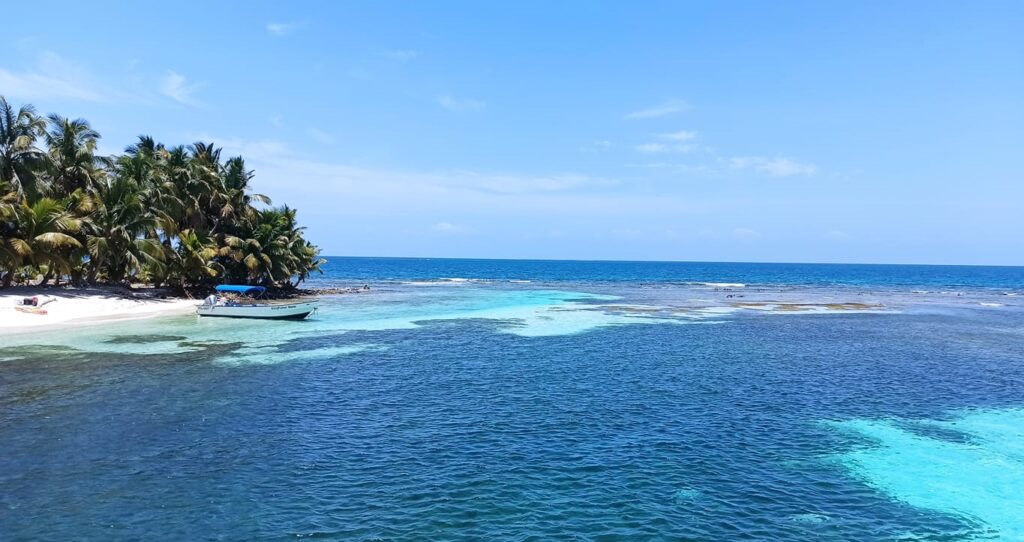
“Andres, why would I have to switch regulators?”
“Suppose Miss Amy kicks you in the face and your regulator tears and water seeps through? What will you do?”
“It’s just the three of us, why would she kick me in the face?”
“John, I’m sure she has several good reasons. So, let’s rehearse our regulators again.”
With him watching I practiced swapping regulators, and the search for the main regulator. Your right arm goes straight out in front of you, drops straight back until you touch the bottom of the tank, then your arm arcs out until your hand returns to your face and in that motion, you’ll catch the regulator hose and the mouthpiece will be right in front of you. After eight or nine of those, Andres has seen enough.
“Andres I promise not to rush the brush.”
I smiled, and Andres smiled the smile of a teacher that knows his student is lying. We’ve snorkeled together so he knows I’m energetic. I can’t help it, though. I’ve raced bikes both on and off road and have an over-developed sense of competition. Amy has endured me for many years, and she also knows when I’m not being truthful. While I fidgeted, she was paying attention and envisioned herself performing these functions at 20 feet.
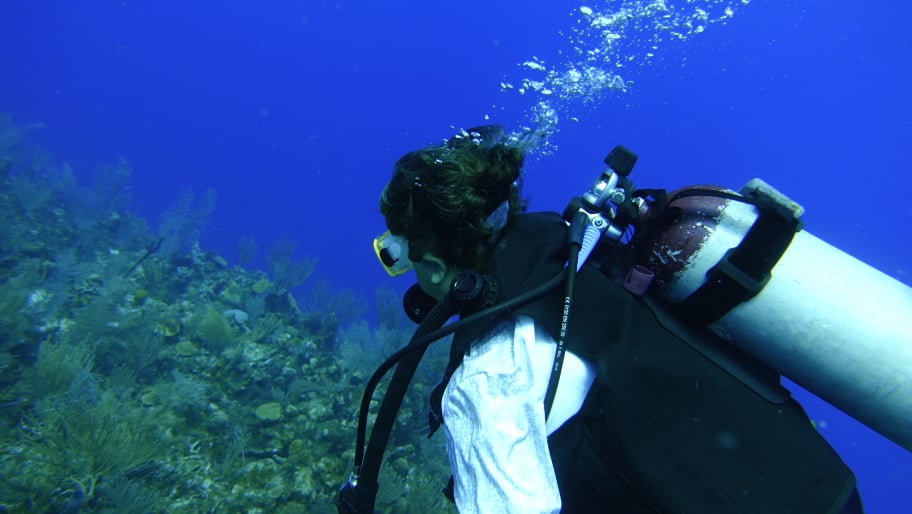
Finally, we’re away. We were in three feet of water, and I was anxious to get moving and quickly learned my first lesson in diving. Kicking faster doesn’t make you move faster. When one snorkels, you’re wearing fins, a mask and a thin suit. When effectively used those fins can make you (me!) twice as fast in the water. But diving? That vest with all its hoses and clunky tank makes one as efficient in the water as an octopus traveling on a gravel road. In no time I rolled on my side as the tank twisted and the vest traveled across my torso. As the water became deeper, I blasted air from my BC and in short order I was mowing the Turtle Grass.
Naturally I added a squirt of air then headed to the surface where my vest started to roll again. Damnit! I squished the air release button, “sssshhhh!” And I was a mortally wounded submarine headed for bottom. And at the bottom, Andres was waiting for me with his hand signal for not rushing the brush. His eyes pierced mine through our masks, and I knew what he was thinking, “I told you so.” We’re in five feet of water and he motioned us to surface. Amy complained about her vest rolling around, too and Andres invited both of us to focus on slowing down and achieving neutral buoyancy.
“Miss Amy, if you are pointed up, and you kick, you will surface. And John, this isn’t a race and the harder you try, the more that vest will slow you down. Think about your actions, let’s all slow down, focus on a gentle descent, getting our head forward and finding our rhythm.”
Now that I was scolded, I watched Andres. His head is forward, his legs were moving in slow-motion, and his exhaust bubbles weren’t nearly as prolific as mine. I lined up about five feet on his left, matched his pace, and tried to slow my breath. Then I realized my lungs are also a BC. No wonder I was bobbing around. Every deep breath fills the lungs and makes me more buoyant, and every deep exhale gives me negative buoyancy. I had rushed the brush.
“Clang!”
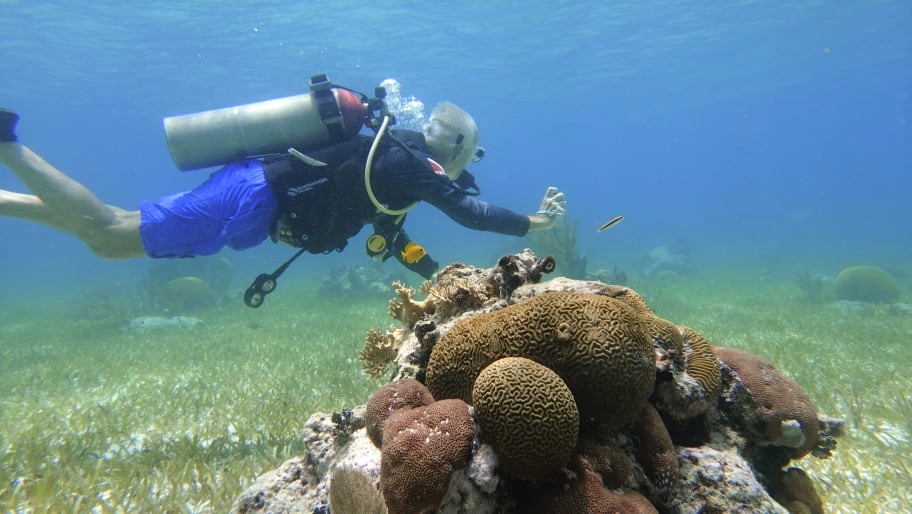
What the hell? I rolled on my back to see Amy trying to swim away from me. I guess we hadn’t realized how close we were, and we’d swam right into one another. And that bang had upset my buoyancy and I was headed up, so I reached for the BC controls, then let them go. Instead, I exhaled, then inhaled and did it slowly. Andres’s insistence on practicing the regulator drills now made sense. Amy and I had crashed into one another in the middle of the Caribbean. Soon the three of us were in ten feet of water and headed into a coral garden, and I was gently moving just a foot above the Turtle Grass. This was more like it. Andres motioned for us to swim over the coral. We glided over coral heads decorated with all manner of those outrageous animals that make up saltwater coral. I imagined myself in a Dr. Seussian airplane as I flew through one of his books, soaring across and over this fantastical landscape. The fish with all their brilliant shapes and colors waved to me as I cruised over their chimneys, homes, and treetops. Andres stopped and took a photo of something, so I turned around. It was a Lionfish, hunkered down in the coral. I was certain he’d stab it as Lionfish are invasive and many Caribbean countries are fighting a battle against them. They have no natural predators and are killing off algae-eating Parrotfish, which support the reef. If left unchecked, Lionfish could do significant damage to a coral reef. They’re swimming porcupines with venomous quills that reproduce like rabbits. They’re also quite delicious and Caribbean governments encourage divers to harvest them like apples in the fall. They’re a pain in the ass for chefs to clean and challenging to bring to the surface in sufficient numbers to sell. They are worthless little fucks meant solely for the aquariums of petty criminals and James Bond villains.
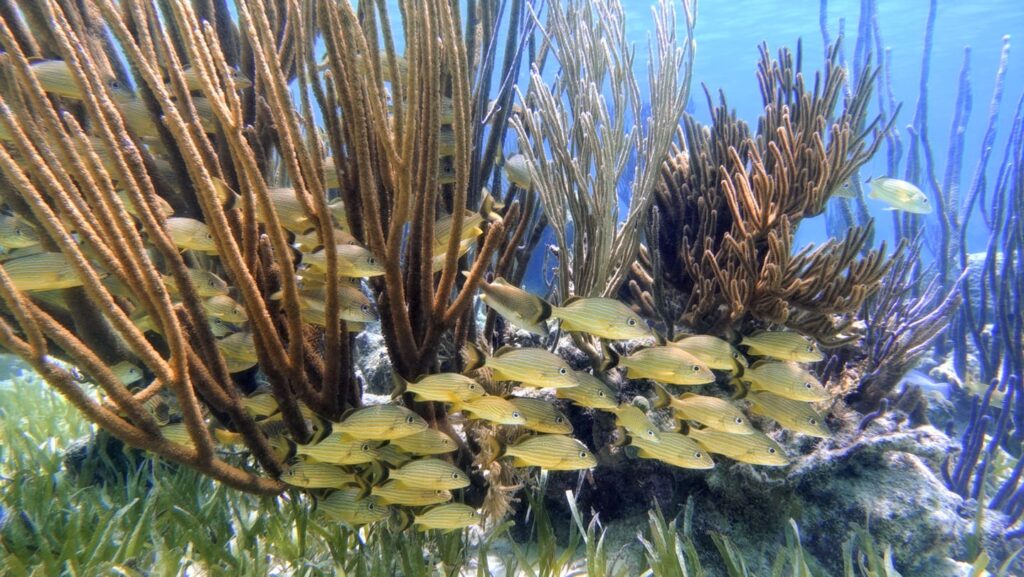
Andres pointed towards the surface and a small boat was passing overhead and off to our right. It made a lovely slicing motion through the water and turned it into a frothy white which quickly regained its blue. A soft zipping sound wafted through the coral. Amy pointed into the blue and I turned to see two gorgeous Eagle Rays. They’re soft white underneath, a dark blue/black on top with grey spots. Eagle Rays flap their wings like a bird, and these were headed our way until they weren’t. Both made a 90 degree turn away from us and quietly flew into the distance. This is so much better than snorkeling and, in that moment, I realized why diving is dangerous. It is so breathtakingly beautiful and easy to get distracted. As this was our first dive, I checked my air gauge constantly. We started with three thousand pounds, and I was down to eleven hundred and let Andres know by tapping one finger on my right arm then holding up one finger. As I cruised over the coral, Andres pointed something out to Amy. She swam down to meet him at a small head of coral then looked around for me. I pretended not to see her as I was enjoying myself.
“It was an eel.” She said later. “It was all lime green and had wrapped itself around the holes and crags of the coral. Thank God its mouth was closed, or I might have shot to the top.”
We fluttered off into the blue and Andres took us into water about fifteen feet deep, also dotted with coral where we were soon surrounded by a school of Grey Snapper. These are all about a foot long and more silver than grey. They rushed towards us, then in lock step they made a hard right turn and stampeded off into the distance, tails slapping the water furiously.
A Honeycomb Cowfish passed off to the left. He was skirting the Turtle Grass and his comically small dorsal fins resembled a hummingbird’s wings in motion. Cowfish do not have rib bones, they have buxom, triangular-shaped bodies about the size of a two-slice toaster, pink lips that are constantly kissing, and a honeycomb pattern of thick scales that help give its body protection.
Andres was motioned “follow me” and we complied. In a minute I heard a mechanical idle sound and realized we were near our boat. He took us to the surface where we saw the other divers already aboard. One of Andres’s teammates was next to the ladder and helped us remove our gear. Nicholas, Angie, Sarah, and Savannah were all smiles, and all wanted our reactions.
Amy exclaimed, “Awesome!”
In the shallow water the boat was fairly stable, and we had no trouble climbing in. We made for South Water Caye and a braised chicken and rice lunch. An hour later we were back on the boat. On the ride out Andres told us to gear up as we would drop into deeper water. Our friends Sarah and Angie had already donned one piece diving suits with a Whale Shark pattern. And Amy wanted one.
“How cool is this? Are you Whale Sharks?”
Angie gave us a quick lesson, that each Whale Shark’s pattern of cream-colored spots and stripes over its bluish-grey then brown skin is as unique as a human fingerprint.
“Much like Zebras, it’s how each Whale Shark recognizes their friends.”

While Amy was transfixed by the suit, I wondered how cold our next dive would be if they were wearing body suits. Turned out the suits were used in lieu of rubbing on sunscreen which is notorious for the damage it can do to the reef. Andres snapped us out of our conversation with “John, Amy, time to get dressed.”
Swim socks, fins, weight belt, then Andres carried over the vest with a fresh tank and we both checked that all three snaps locked. I soaped up my mask, Amy did likewise, checked my gauges and Andres asked for an OK signal. In the water, a thumbs up means “surface” and thumbs down means “go deeper”, thumbs left or right means travel in that direction. Divers make the OK sign by touch their forefinger to their thumb and that means everything is okay. Who doesn’t understand that?
“John, Amy, when I say stand up, I will help you to the side, put your butt on the gunwale of the boat and face me. You will put your left hand to the frame of your mask, fingers spread, thumb on your chin and push on your mask. Your right hand goes behind your head, elbow out. Then tip backwards and splash in. Understand?”
As a little kid I loved watching Jacques Cousteau and when those divers splashed over the side of the Calypso, Good Lord I thought that was the coolest thing ever. And finally, it was my turn. My hands went up and over I went. Hell yeah! When my bubbles cleared, I swam away from the boat and waited for Amy and Andres to join me. I looked down and watched as Sarah, Nicholas, Angie, Savannah and harry their dive master swam into the ether. Jesus, we must be in fifty or sixty feet of water because it’s a long way down. A very long way. Andres had instructed us to equalize every few feet by pinching the nose then gently blowing. While I wait, I pinched and blew. A big splash and Amy was in. We swam to a buoy attached to a fat rope that dropped to the bottom and we each took the rope in one hand. He took a tiny bit of air out of his BC, and we did the same. Then he grabbed his nose and pinched, and we followed. As we passed ten or twelve feet the pain in my ears blossomed and I clinched my fists. Andres tapped me and gave me the OK sign and I responded by flattening my hand and twisted it side to side. Maybe. Inside I’m in agony, I pinched, I blew, I crunched the fucking regulator, twisted it in my mouth. Finally, the pressure equalized, I took a big breath, and dropped a few more feet.
“Fuck!” The pain was awful. Pinch and blow! I shut my eyes, came up a few feet, clinched my fists and again, Andres tapped and gave me the OK sign. I signaled okay only when the pain eased. I forced myself to look around and think about how beautiful everything would soon be, but the water looked hundreds of feet deep, the coral looked gray, dead and abandoned, and I was this close to inflating my BC and shooting to the surface. I wanted to drop all of that gear and collapse on the boat. Pinch and blow.
Let’s go, Malik!
It’s my Team Captain, John Carter, asking me to chase down the break. The sweat is stinging my eyes, I’m sure I can taste blood, and my lungs are burning. John Perilloux, our sprinter, can win this race but not if we let those three guys get away.
Go Malik! Go get those guys!
I stand up on the pedals, holler On Your Left, twist the bars for all I’m worth and accelerate away from the peloton, bridge the gap to the breakaway with the intent of destroying the rhythm of the other three riders. It works. Soon the four of us have been caught by the peloton and John Perilloux is gearing up for his winning sprint.
I opened my eyes and my ears have equalized, the pain has subsided and we’re easily thirty feet down. I looked at Andres and gave him an OK. In another few minutes we’re a few feet above the coral and what earlier looked dead, was filled with color and all manner of sea life. My breathing settled down and Amy squeezed my hand. I looked at her and she gave me another squeeze. We were down, and we were neutral. We gently kicked, twisted forward and were now horizontal. About ten feet below the coral glided past. Then Andres passed under me, and all those silver bubbles began their journey to the surface and that’s when I saw my reflection.
Wow! I did it. Valerie would be proud of me.
I looked up and shafts of sunlight were reaching for the bottom, only to be absorbed by the water. They pierced the surface with form, confident beams of shimmering gold, only to wobble and disperse like fireflies into the sapphire-colored Jell-O that we swam through. Below me was a mountaintop covered in the vibrant textures, fabrics, and tubes of healthy coral. To the right and the left I can see deep blue drop-offs, the one on the left ends at a sandy floor maybe twenty feet below. Andres motioned me to the edge on the right and as I drew closer, I saw a sheer cliff without a sandy floor, just a deep blue void. I wagged one finger back and forth like a windshield wiper. Nope.
I was happy to swim alongside of him as we explored the coral. In deep water, fish first appear as shadows and a split second later that shape has form. Andres swam between us and to my right I see a shadowy figure that quickly turned into the largest Eagle Ray I’ve ever seen. Holy Shit! It was enormous, maybe it had a seven- or eight-foot wingspan. And it glided through the water like it owned this place. Wow. I turned to Amy, and she saw it too. The ray performed a right-hand Split-S and dove out of sight. Our attention returned to the coral and we’re in the company of so many fish. There were tiny Honey Damselfish that were bright yellow with dots and dashes of blue on their upper parts, Four-inch long Blue Chromis that were the color of the sea and practically melted into the water, gorgeous Four-eye Butterfly fish with eye spots on their tails, Queen Angelfish that are at once yellow and blue and green and orange and each wears a bright blue crown, a massive school of Grey Angelfish, each one being the size of an hors d’oeuvre platter. Through that school swam a solitary Queen Triggerfish. Perhaps my favorite saltwater fish to cook and eat. And this fish was so arresting, it looked like it was wearing one of those electric blue suits from the movie Tron. Andres pointed to it and pulled his forefinger back like he was pulling a pistol’s trigger. I already know this fish, though. Sauteed, fried, grilled, I know this fish very well. Their flesh is meaty and firm, their fillets are thick and when fresh, the flavor is sublime. Yet I wished for this one to avoid any hooks and swim free. As I admired it, I glimpsed a heavy shadow in front of me that transformed into a fat shark, and it was headed right for us. Oh Shit!
Amy stopped swimming, I slowed down. I know shark attacks are incredibly rare, and bad sushi kills way more people than sharks. But damn…when one is swimming right at you and you’re terrible at identifying sharks, and it’s your first deep dive… it was a heart stopping moment.
Thankfully, this one is a Nurse Shark, no danger to us. It glided underneath us, moving gently, rhythmically, perhaps looking for dinner. At that moment, Amy was thinking How beautiful. I knew it because I was thinking the same thing.
Andres hovered over a large brain coral and motioned for us to come over. He pointed to several tiny Christmas trees, each maybe two inches tall, that poked out of the channels of coral. He snapped his fingers and in a flash they disappeared into the coral. Christmas Tree Worms! Earlier he told us to be on the lookout for them. Andres eased away and the worms slowly blossomed out of the coral. I reached over and Snap! They instantly disappeared back into the coral. Ha!
A school of Spadefish raced over my head. Their silvery scales sparkled like freshly minted dimes in a shallow marble fountain. Their bodies resemble the head of a shovel, if that shovel had tassels that hung on its edges, a ridiculously small tail and dark eyes. Then our Nurse Shark is back, Andres snapped a few photos as it swam past us then gave me an OK sign. Yup, that was okay. Below me there’s a forest of thick yellow tubes, like radiator hoses from a John Deere tractor, hefty purple tree limbs devoid of leaves, and delicate gray branches that tickle the yellow tubes. They all danced to an unheard tune while hundreds of tiny fish darted in and out. Andres pointed to a bulbous orange cylinder, it’s a melted barrel of coral, something that resembled one’s first attempt at pottery, and it’s big enough for him to hide in.
Directly in front of us I see a massive shadow taking shape and it’s got four huge fins. Andres is right there so I grab him and point forward. Surely this is a school of Orcas abut to have us for dinner. Andres looked into the distance, shook his head then with two fingers he simulated feet kicking. As in divers. Yup, it was our four companions on their decompression stop. Andres smiled large and patted my hand as if to say Everything’s going to be alright. Our dive had come to a conclusion. We joined the others and Andres at about twenty feet and signaled he would time our pause at three minutes, and we watched as first Angie, then Nicholas, Sarah, Savannah and their dive master casually rose to the surface. Throughout our dive Andres repeatedly asked us about the status of our air, made sure we were OK, and pointed out the many wonders of a Caribbean coral garden. When our time was up, we gently kicked to the surface and Andres punched his BC inflate button and told us to do the same. We were turtles on the surface and in real waves. We bobbed next to the boat and two of Andre’s team were in the water helping us with our gear. Our friend Valerie had told us this is the most dangerous part of diving because if one isn’t careful a swell could toss you into the boat and if the vest is off, and the weight belt isn’t, a knock on the head could send you to the bottom. Harry told me to give him the weight belt first, then asked for the vest. On the boat Andres told us they would never take off the BC until the belt is off and you’re at the boat’s ladder.

Our diving companions wanted to know “How was it? Wasn’t it amazing? Did you see the shark? We saw a turtle did you see it?” I wanted a cold beer or a bottle of champagne to celebrate yet that would have to wait. When Amy was safely aboard we gave each other a congratulatory kiss.
How was it? Amazing. Stunning. Breathtaking. Gorgeous. Would we do it again? Damn right.
If you’re headed to Belize, find Andres Fletes at Sea Horse Dive Shop in Placencia or follow him on Instagram Amy and I preferred the saltwater experience in Placencia to the experience in San Pedro. Although both were amazing, there’s only two spots to snorkel on the reef in San Pedro and during tourist season there can be a lot of folks at those spots. From Placencia you’ll need a 45-minute boat ride to get to Laughing Bird Caye or Silk Caye. That boat ride is gorgeous and you won’t find a line of other folks waiting for their spot in the water. This is our final post from Belize as we fly back to the US on July 8th. But don’t worry, we’re planning a guided tour to Belize in winter of 2022. Would you like to go? Drop us a comment.


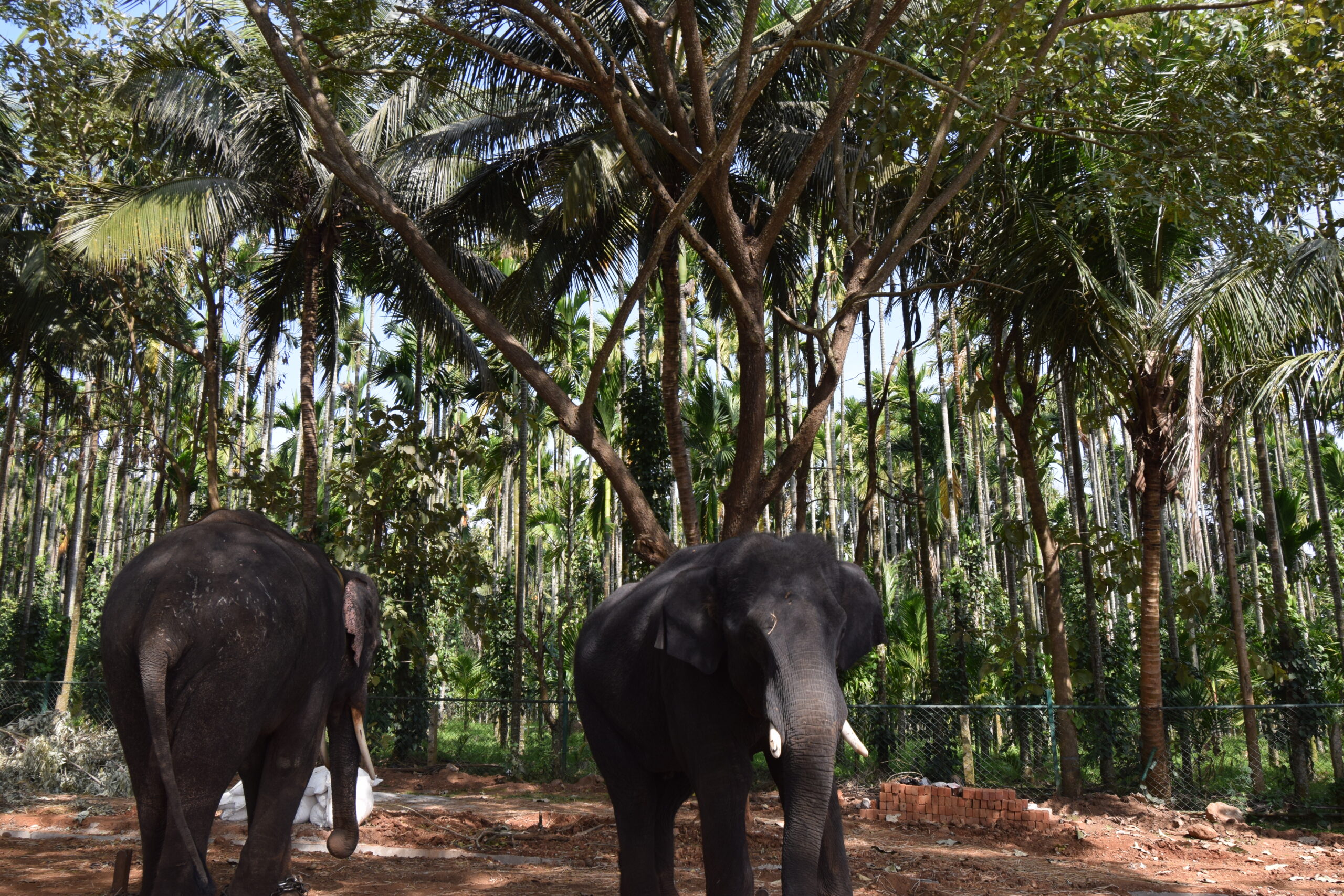
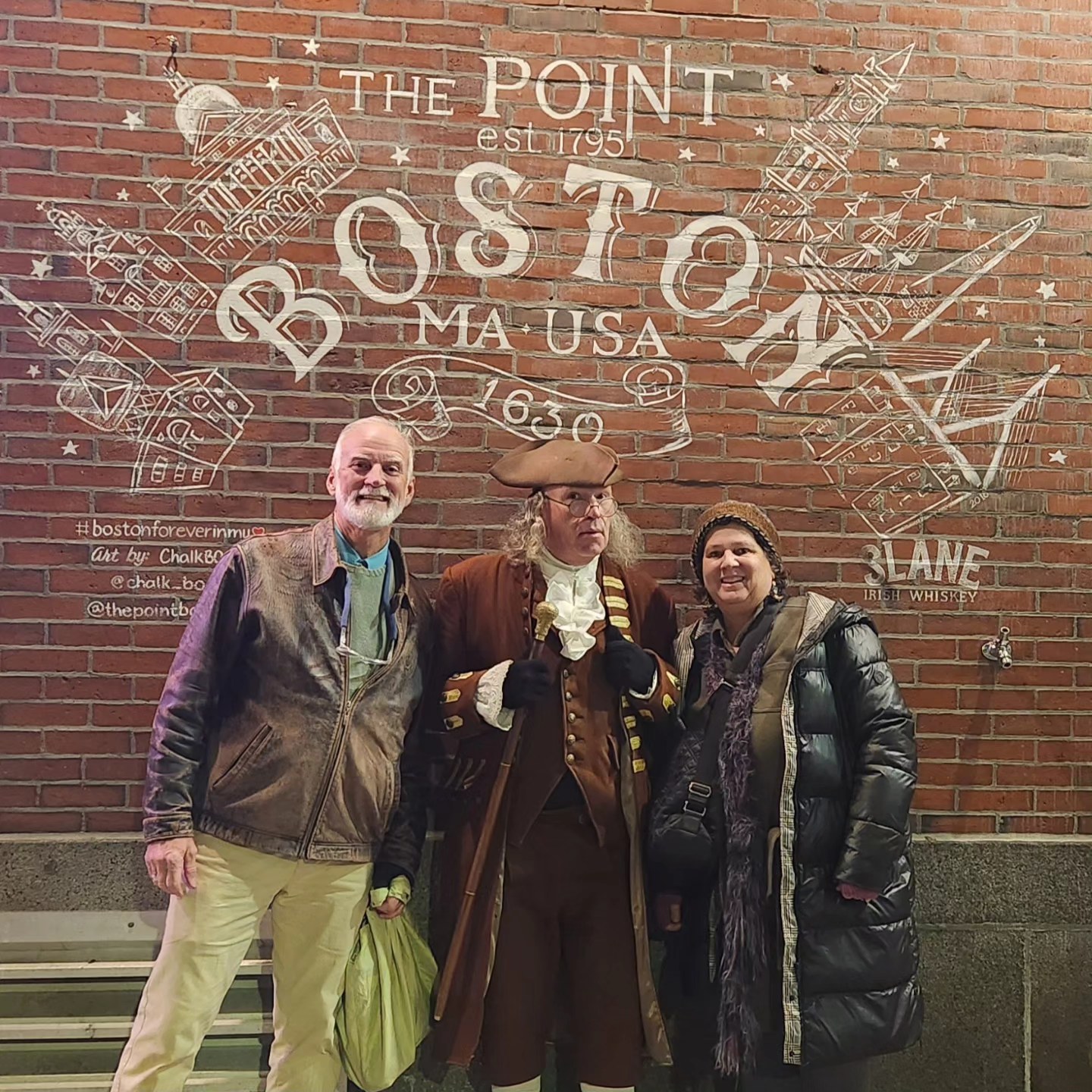
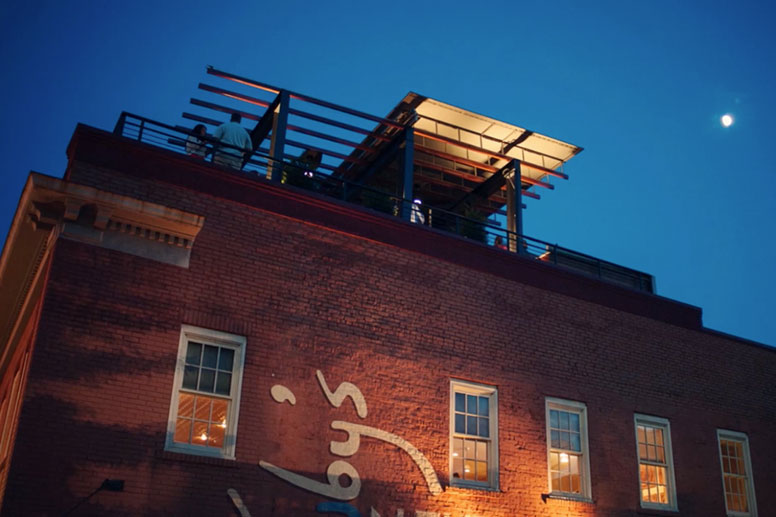

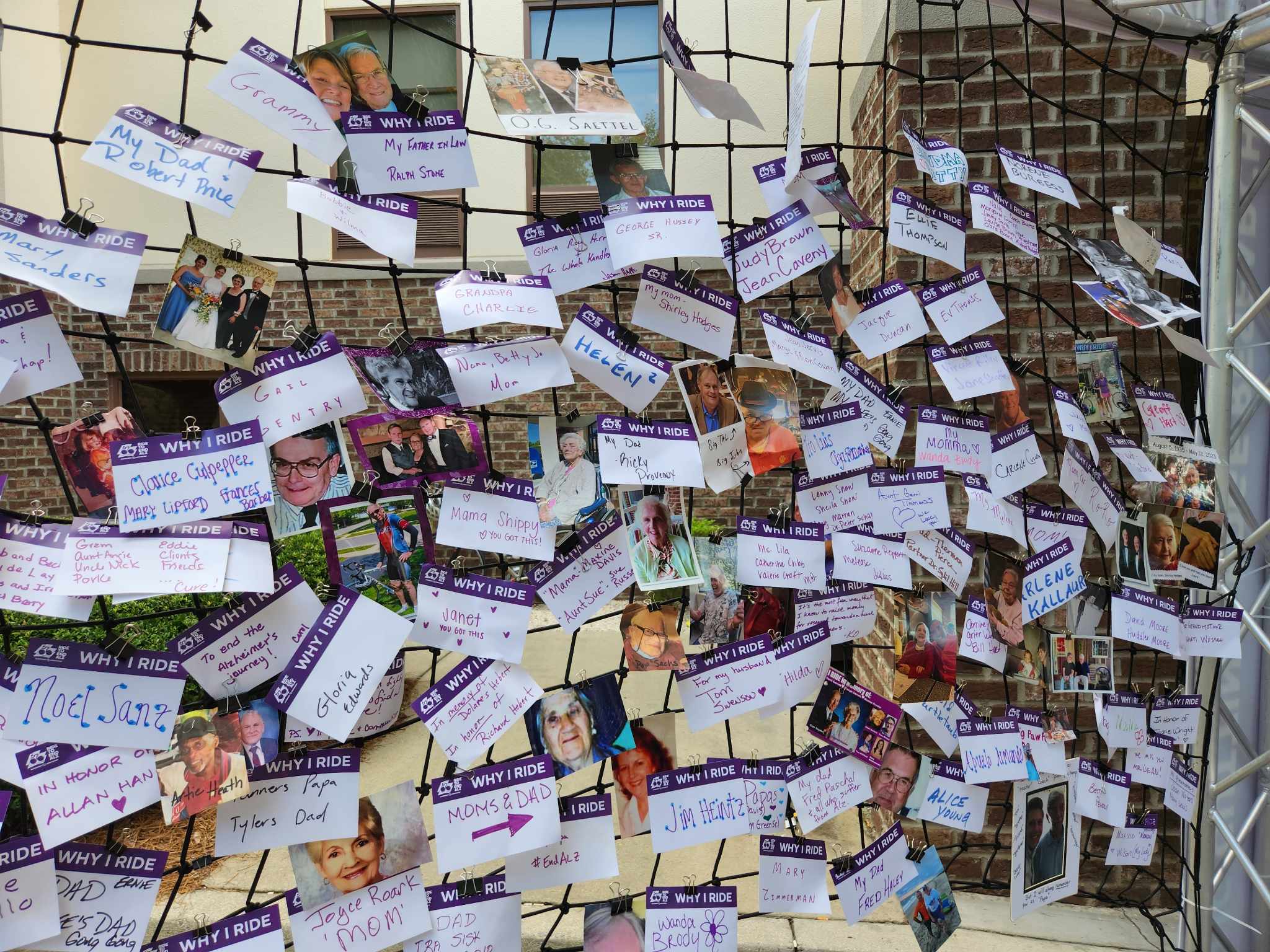
4 Responses
You have some amazing adventures! Great story!
Thanks, Pat.
Wonderful story!
Thank you Bob